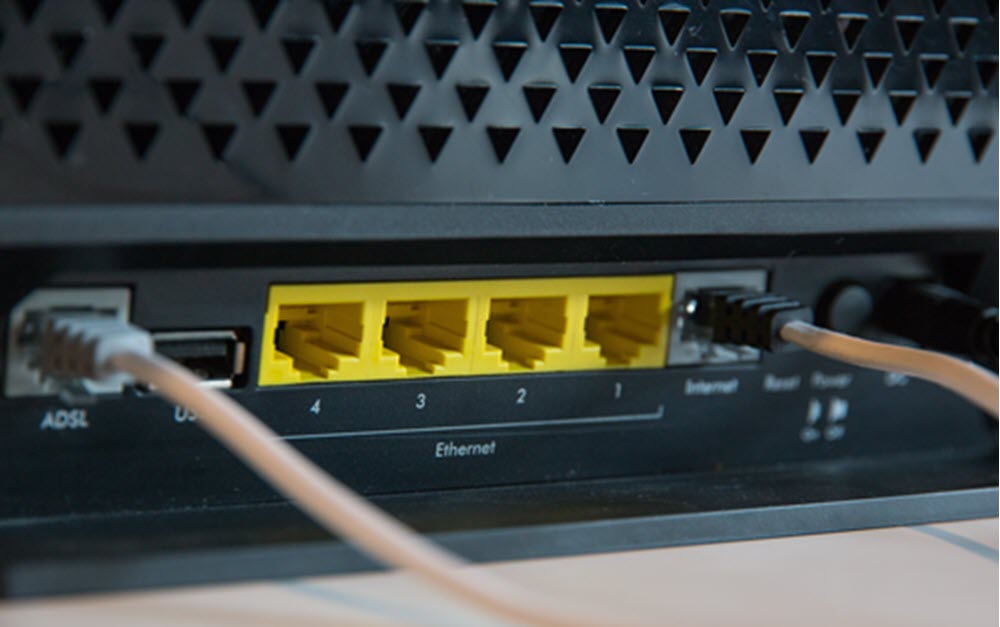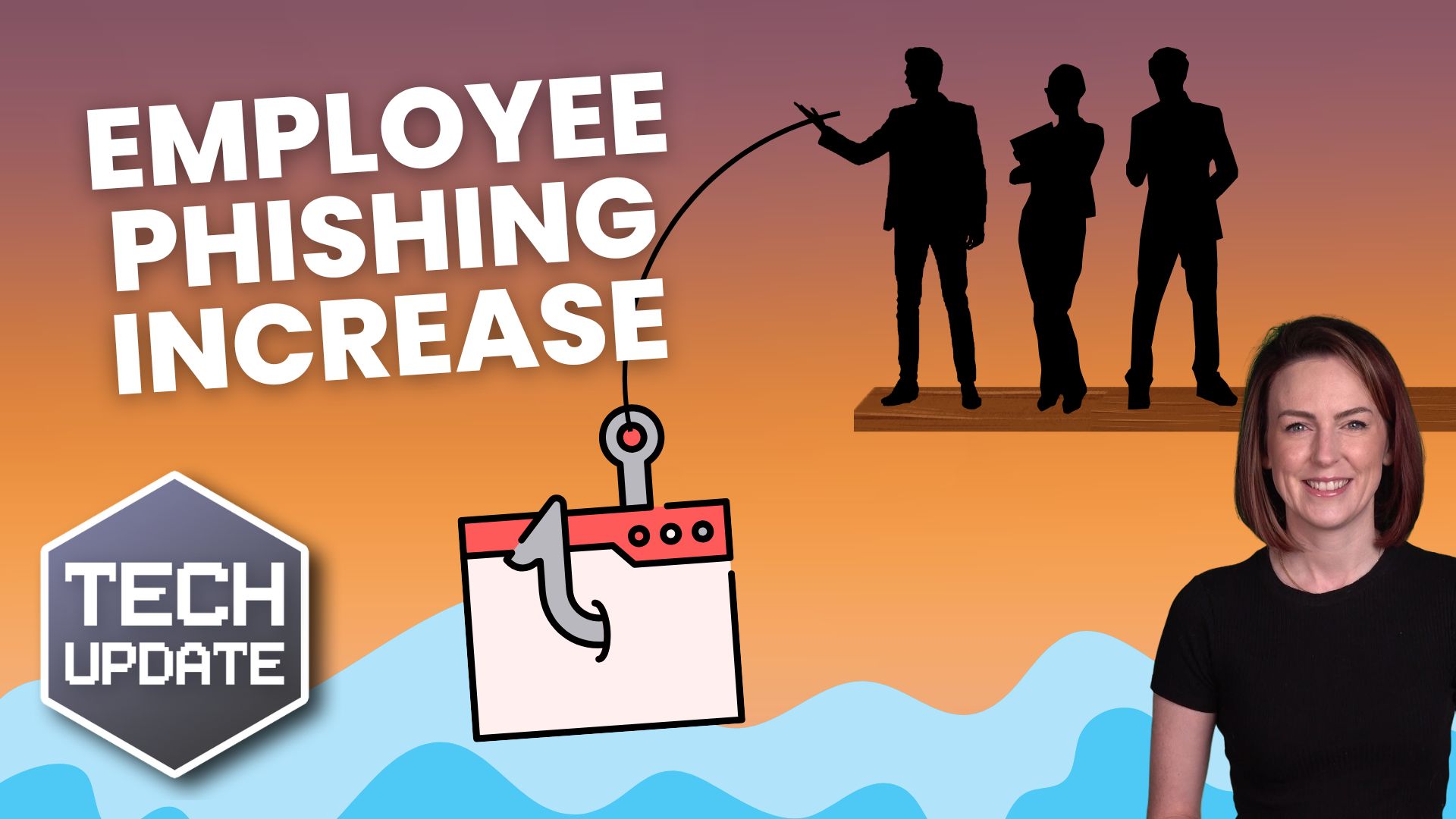
Business Email Compromise (BEC) has emerged as a significant threat to businesses worldwide in recent years. As of March 2025, there has been a staggering 30% increase in BEC attacks. In late February 2025, Microsoft Defender identified nearly 2 million phishing emails related to common BEC themes, averaging over 140,000 daily. The FBI reports BEC is among the most costly cyber threats, causing global losses over $50 billion.
What is BEC?
BEC is a sophisticated scam where cybercriminals use email to trick individuals into sending money or sharing confidential information. These emails often ‘appear’ to come from trusted sources, like company executives or known vendors, making the request appear legitimate.
Cybercriminals use different techniques to conduct BEC attacks. Typical methods involve sending false invoices, spoofing the email addresses of executives and managers, and hacking email accounts to request payments to fraudulent accounts. These techniques depend significantly on social engineering, making them challenging to identify.
The main goal of BEC attacks is financial gain. Cybercriminals seek to steal money or sensitive information for further scams. Remote working has increased BEC attacks by providing more opportunities to exploit vulnerabilities.
Protecting Your Business
Businesses can take several steps to protect themselves from BEC attacks. It is crucial to educate employees about cyber threats and how to identify suspicious emails. Strong security measures, such as multi-factor authentication and regular security training, can also help mitigate the risk. Additionally, businesses should monitor their networks for signs of compromise and have a response plan in place to deal with potential attacks.
If you would like to know more about protecting your business from the ever-growing threat of cyber attacks, please get in touch.












